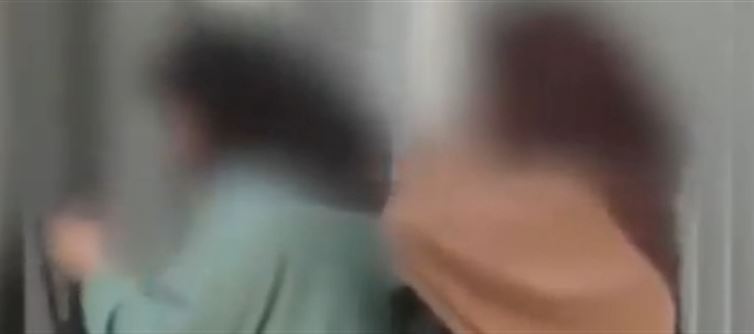
However, extending this policy across europe would be problematic and controversial. Each european country has a different history, legal tradition, and societal relationship with religion. For instance, countries like the UK or germany embrace multiculturalism more openly and tend to permit religious symbols in schools as an expression of personal freedom. Imposing a French-style ban across the continent could be viewed as infringing on fundamental human rights, particularly freedom of religion and expression, as guaranteed by the european Convention on Human Rights. Critics argue that such bans disproportionately affect Muslim women and girls, limiting their access to education and public life unless they conform to state-enforced dress codes, which can be perceived as discriminatory.
Instead of a blanket ban, a more balanced approach across europe would involve safeguarding individual freedoms while promoting inclusion and gender equality. Governments should focus on addressing genuine coercion or extremism without alienating those who voluntarily choose to wear religious attire as an expression of faith. Policies should aim to empower women, not restrict them further. Ultimately, imposing a continent-wide hijab ban in schools may do more harm than good by deepening social divides, fueling Islamophobia, and undermining the pluralism that underpins modern democratic societies.




 click and follow Indiaherald WhatsApp channel
click and follow Indiaherald WhatsApp channel